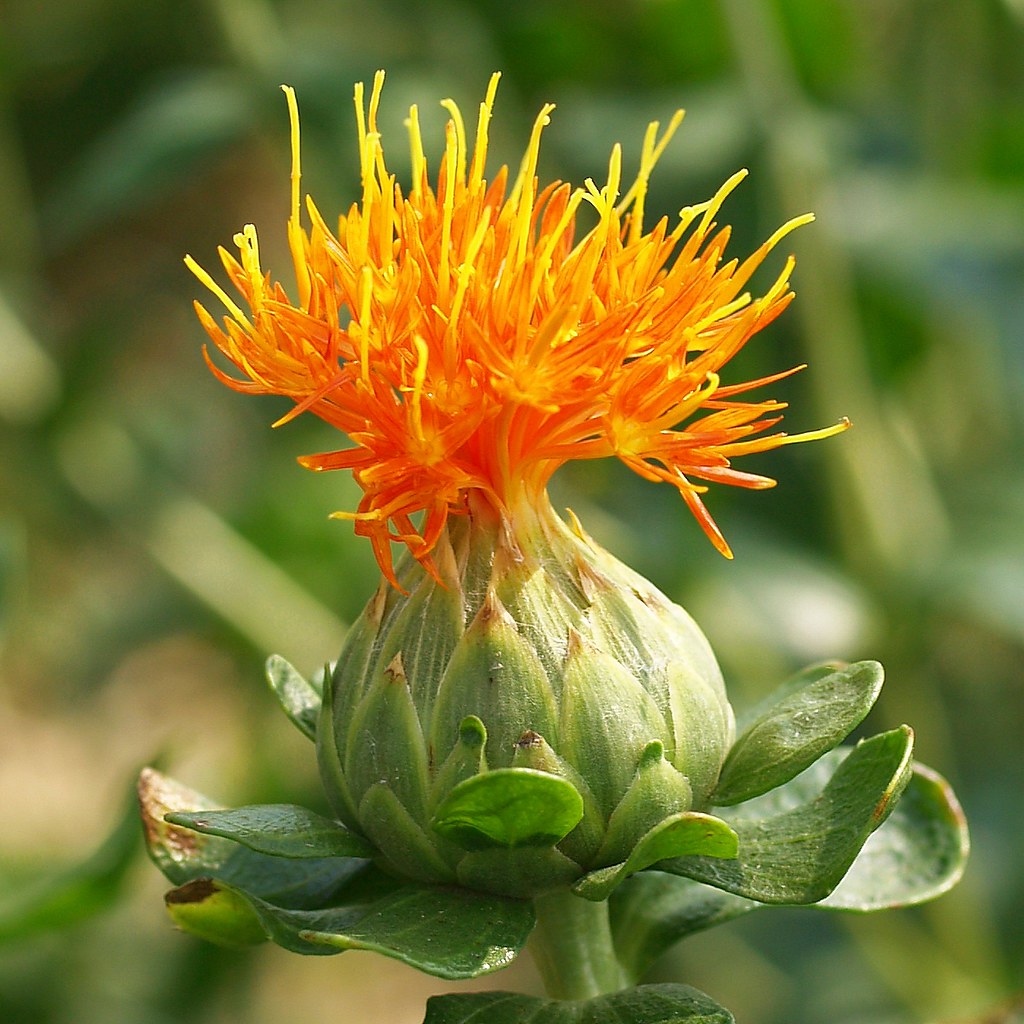

TITLE
Phenological Development, Productivity, and Oil Profiles of Different Safflower Cultivars for Biofuel Production
JOURNAL
ACS Omega
AUTHORS
Raimunda Adlany Dias da Silva, Luisa Gouveia, Thomaz Gabriel Barros da Rocha, Amanda Duarte Gondim, Juliana Espada Lichston, and Nataly Albuquerque dos Santos
ABSTRACT
The production of oilseed biomass to meet the demand of the energy sector is constrained by several factors, including regional soil and climate conditions, phenological and production issues, such as yield and oil profile, and the compatibility of these factors with the requirements of the energy sector. Safflower is a small oilseed, and its brief phenological cycle and high productivity, concentration, and oil profile distinguish it as a notable candidate for research on energy applications. The objective of this study was to analyze the germination, seed vigor, yield, and oil profile parameters of safflower cultivars (IMAmt 1470, IMAmt 894, and IMAmt S525) with a view to determining their potential as biomass for the biofuel production chain, especially biodiesel and renewable aviation hydrocarbons. Safflower cultivars displayed high germination rates and germination vigor after 12 months of storage. They also met the production standards of 6797.7 kg ha−1 in 2021. The cultivar IMAmt-S525 exhibited a high oil content of 35%. The oil compositions of the safflower cultivars included in this study were found to be 9.7% palmitic acid (IMAmt1470), 71.82% linoleic acid (IMAmt 894), and 41% oleic acid (IMAmt 894 harvest 2022). It is recommended that the following cultivars be selected for production: IMAmt 894, IMAmt-S525, and IMAmt 1470, taking into consideration the physiological, production, and oil composition parameters. Since all three cultivars have high standards of physiological quality, productivity, and oil yield, they have the potential to be used as biomass to diversify oilseed matrices for biofuels.



